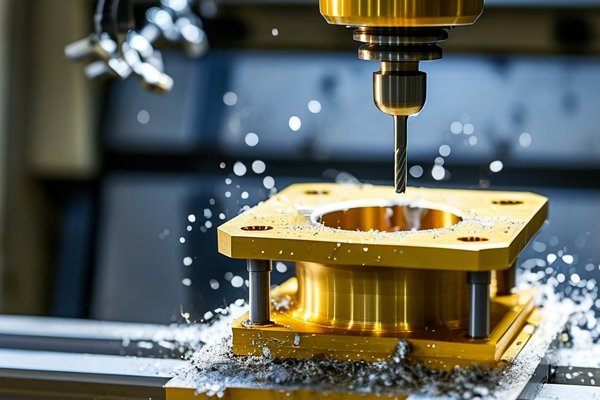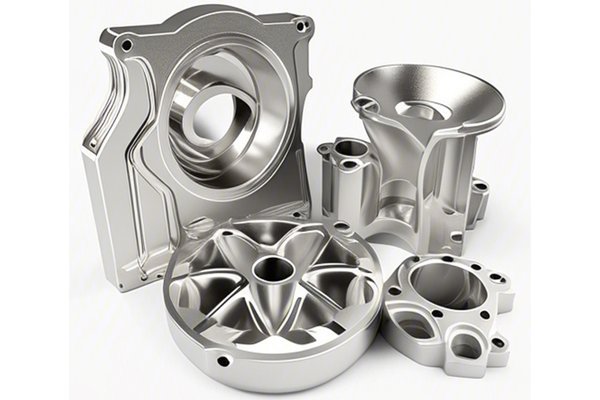Opening: The Brass Revolution
Did you know that brass has been used in manufacturing for over 4,000 years? This alloy of copper and zinc, known for its acoustic properties and corrosion resistance, has not only stood the test of time but is also seeing a resurgence in various sectors, including electronics, plumbing, and decorative applications. In the world of CNC (Computer Numerical Control) machining, optimizing the processing sequence during CNC brass machining is crucial for improving productivity, ensuring precision, and reducing costs.
As industries continue to push for shorter lead times and higher quality standards, understanding how to arrange the processing sequence can make a significant difference. This blog explores the strategies and detailed solutions to optimize the machining process of brass components, leading to enhanced production outcomes.
—
The Importance of Processing Sequence in CNC Brass Machining
The processing sequence in CNC machining refers to the order in which different machining operations, such as cutting, turning, milling, and finishing, are performed. A well-designed processing sequence is vital for maximizing efficiency and achieving the desired tolerances in the final product. It’s crucial to understand that every machining operation influences subsequent steps, which means that a thoughtful arrangement can lead to significant cost savings and improved product quality.
Key Goals for Processing Sequence Optimization
When optimizing the processing sequence, there are several key goals to keep in mind:
Factors to Consider in the Processing Sequence
To enhance the processing sequence in CNC brass machining, consider the following factors:
—
Detailed Solutions for Optimizing the Processing Sequence
Step 1: Analyze Part Geometry
The first step in optimizing your processing sequence should involve a detailed analysis of the part geometry:
Step 2: Select Appropriate Machining Operations
Choose the right operations based on the part requirements. For brass components, common operations include:

Choosing operations that complement each other and cancel out setup times is vital.
Step 3: Establish a Flow Chart for Operations
Creating a flow chart can provide clarity to the machining process. This visual representation allows for an easy assessment of the proposed sequence. Use the following flow to guide you:
Step 4: Optimize Tool Path Strategies
Step 5: Leverage Technology
Incorporate technology into your processing sequence optimization:
Step 6: Continuous Improvement Through Feedback Loops
—
: The Path to CNC Brass Machining Excellence
In conclusion, optimizing the processing sequence during CNC brass machining is an essential factor that impacts efficiency, cost, and quality. By analyzing part geometry, selecting appropriate operations, establishing a clear flow, and leveraging technology, manufacturers can achieve significant gains in productivity.
Understanding and implementing strategies for optimizing CNC machinery and process flows will not only meet the demands of a competitive market but also set the stage for innovation in manufacturing practices. As our industry evolves toward greater automation and precision, these topics become increasingly worth considering.
Through reflective practice and continuous improvement, CNC brass machining can truly harness the potential that optimized processing sequences afford, leading to better products, higher customer satisfaction, and ultimately, a stronger business position in the marketplace.
As you reflect on this topic, consider how these strategies can fit into your operational practices and contribute to your long-term success in machining technology. This blog not only serves as a guide to navigating the complexities of CNC operations but also highlights the importance of continual adaptation in the face of technological advancements in manufacturing.






